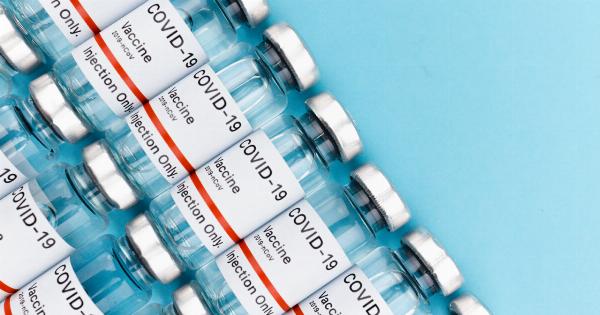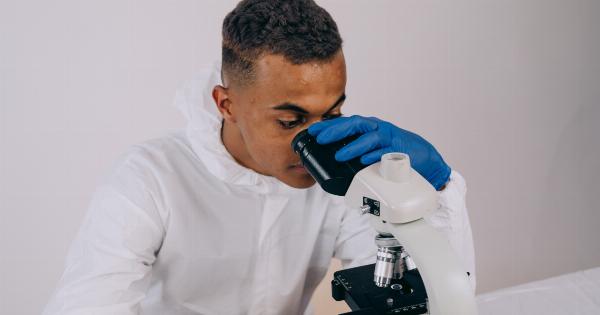Over the past few decades, 3D printing has revolutionized various industries by providing innovative solutions and advancements in manufacturing and production processes.
One such sector that has greatly benefited from this technology is healthcare, specifically in the field of medical transplants and treatment. 3D printing, also known as additive manufacturing, allows for the creation of complex and customized medical devices, implants, and tissues, enabling unprecedented advancements in patient care and treatment options.
The Basics of 3D Printing
Before delving into the ways 3D printing has advanced medical transplants and treatment, it’s important to understand the basic principles of this innovative manufacturing technology.
3D printers work by building objects layer by layer, using digital 3D models as a blueprint. These models are sliced into thin layers, and the printer systematically deposits material, such as plastic, metal, or even living cells, to create a three-dimensional object.
This additive process allows for intricate designs and customizations that were previously impossible or difficult to achieve with traditional manufacturing methods.
Customized Medical Devices and Implants
One of the most significant contributions of 3D printing to medical transplants and treatment is the ability to produce customized medical devices and implants.
Each patient has a unique anatomy, and traditional off-the-shelf medical devices may not always provide a perfect fit. With 3D printing, healthcare professionals can create prosthetics, orthotics, and implants that are tailored to a patient’s specific requirements.
This customization improves patient comfort, reduces the risk of complications, and enhances overall treatment outcomes.
Advancements in Organ Transplants
Organ transplantation has long been a challenging field due to a shortage of organ donors and the risk of organ rejection. However, 3D printing has opened up new possibilities that could potentially overcome these limitations.
Researchers are actively exploring the use of 3D bioprinting to create functional organs that can be transplanted into patients. By using a patient’s own cells, the risk of rejection is significantly reduced.
Although there are challenges to overcome, such as vascularization and long-term viability of printed organs, the potential for 3D-printed organs offers hope for patients awaiting transplants.
Improved Surgical Planning and Training
3D printing technology has also greatly improved surgical planning and training.
By creating realistic anatomical models based on patient scans, surgeons can practice complex procedures and develop personalized surgical plans before entering the operating room. This virtual approach can increase surgical accuracy, minimize risks during the procedure, and ultimately improve patient outcomes.
In addition, these models aid in patient education by providing a visual representation of their condition, enhancing their understanding and involvement in the treatment process.
Enhanced Drug Delivery and Personalized Medicines
Another fascinating application of 3D printing in medical transplants and treatment is in the field of drug delivery and personalized medicines.
3D-printed drug capsules can be customized to release medication in a controlled manner, allowing for personalized dosage regimens and improved patient compliance. Additionally, 3D printing enables the creation of complex structures that can mimic human tissues and organs, providing a platform for testing and developing new drugs and therapies.
This advancement in preclinical research can accelerate the discovery and development of novel treatments for various medical conditions.
Advances in Tissue Engineering and Regenerative Medicine
Tissue engineering and regenerative medicine aim to repair or replace damaged or missing tissues using biological materials.
3D printing plays a vital role in this field by enabling the precise fabrication of scaffolds and structures that support tissue growth and regeneration. By layering cells, growth factors, and biomaterials, researchers can create functional tissues that closely resemble natural organs or body parts.
This technology offers potential solutions for patients who have suffered from extensive tissue damage or require organ replacements in the future.
Overcoming Challenges and Future Directions
While 3D printing has already made significant strides in advancing medical transplants and treatment, there are challenges that need to be addressed for the technology to reach its full potential.
These include the need for more biocompatible materials, establishing regulatory frameworks for 3D-printed medical products, and optimizing the manufacturing process for scalability and cost-effectiveness. However, as the technology continues to evolve, researchers and industry experts are confident that these challenges can be overcome, leading to even more groundbreaking advancements in medical care.
Ethical Considerations and Limitations
As with any technology, 3D printing in medical transplants and treatment also raises ethical considerations and limitations that need to be carefully addressed.
These include concerns about the equitable distribution of healthcare resources, potential misuse of the technology for unethical purposes, and ensuring patient safety and privacy. Additionally, 3D printing is not a cure-all solution and cannot replace the expertise and judgment of healthcare professionals.
It should be seen as a powerful tool that complements traditional treatments and surgical procedures, rather than a standalone solution.
Conclusion
3D printing has proven to be a game-changer in the field of medical transplants and treatment.
From customized medical devices and implants to advancements in organ transplantation, surgical planning, and tissue engineering, this technology has opened up new possibilities and improved patient care. While challenges and ethical considerations remain, the potential for 3D printing to revolutionize healthcare is undeniable.
As research and development continue, we can expect even more remarkable breakthroughs that will benefit patients worldwide, ultimately saving lives and improving quality of life.


























